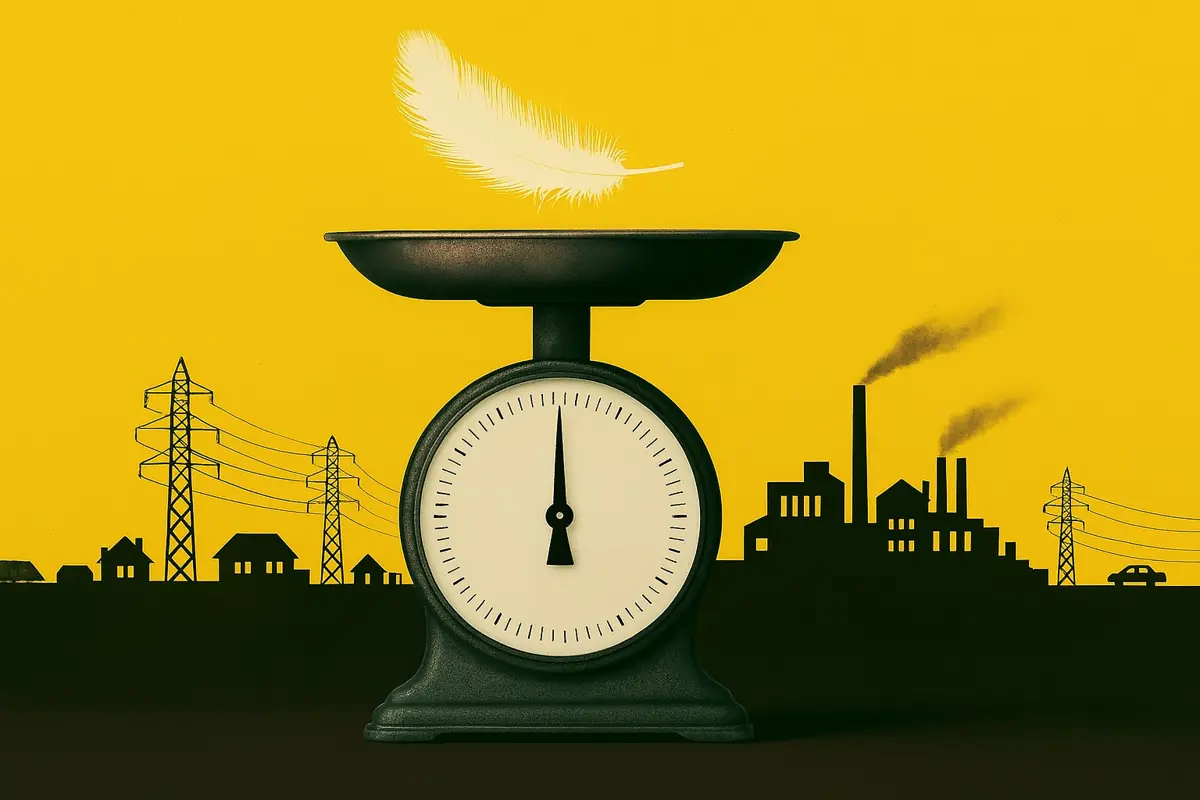Could a cap and floor scheme enable long-duration BESS?
Executive Summary
- The UK government plans to implement a cap and floor scheme to support long-duration energy storage, providing revenue certainty for six-hour BESS.
- If eligible, six-hour batteries could see buildout reach 34 GW by 2050, but competition from pumped hydro and policy design uncertainties remain.
- Cap and floor support could reduce financing costs, making long-duration BESS investable even at lower IRRs, but may limit upside revenue potential.
Subscribers to Modo Energy’s Research will also find out:
- How cap and floor schemes have worked for interconnectors and what lessons might apply to energy storage.
- Why merchant revenue forecasts suggest caps would be triggered more often than floors.
- Whether BESS will be included in the final policy, and how competing technologies might affect funding allocations.
To get full access to Modo Energy’s Research, book a call with a member of the team today.
Introduction
As the grid becomes more renewable and gas generation retires, long-duration energy storage is increasingly required to provide flexibility. Currently, high construction costs and uncertain future revenues mean that this storage is not being built. The government plans to implement a cap and floor scheme to provide revenue certainty to long-duration energy storage projects and encourage investment.
But how would this work, and how will it impact the buildout of longer-duration batteries?
Already a subscriber?
Log in







